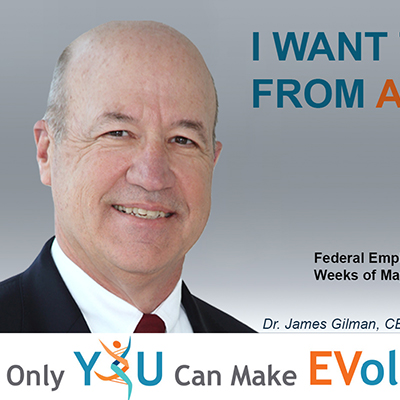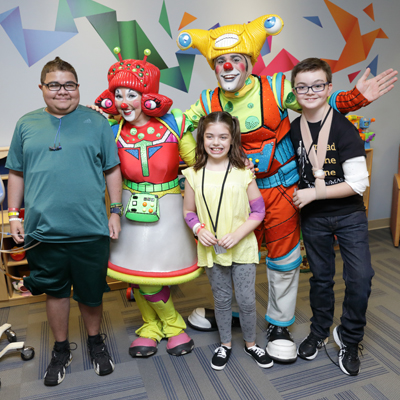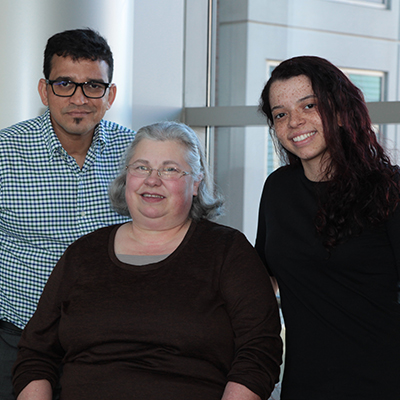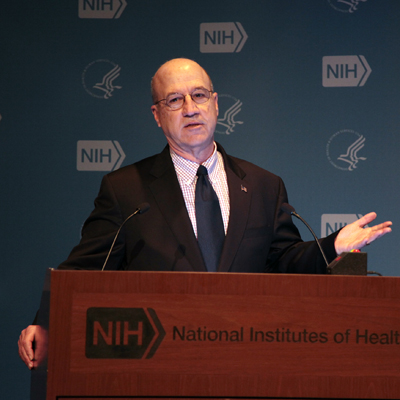NIMH researchers discuss noninvasive neuromodulation treatments at March 15 Grand Rounds
It has long been known that the brain produces electrical fields. From that knowledge, came the first electrical treatment for depression-- electroconvulsive therapy or ECT.
Dr. Matthew Rudorfer and Dr. Sarah Lisanby, investigators with the National Institute of Mental Health discussed "Noninvasive Neuromodulation in Psychiatry: Stimulating the Science of Mental Health" at the March 15 Grand Rounds.
Rudorfer, chief of the Somatic Treatments and Psychopharmacology Programs, Division of Services and Intervention Research of NIMH, opened the lecture with an overview of treatment-resistant depression and traced the history of ECT.
According to the World Health Organization [disclaimer], depression is the largest cause of disability worldwide and severe depression can be a life-threatening disorder. For some, treatment using antidepressants alone failed to produce any significant improvement.
The use of electroconvulsive therapy showed potential benefits in treatment-resistant depression. In 2011, the Food and Drug Administration [disclaimer] cleared indications for use for many disorders; however, there were side effects, such as learning problems and memory loss.
Modern ECT advancements involve a team approach and rely on a combination of pre-medications, pulse frequency and electrode placements to help ameliorate those learning and memory problems. Currently there is growing support in the medical community for this valuable tool in the treatment of medication-resistant depression.
Lisanby, director of the Translational Research Division and director of Noninvasive Neuromodulation Unit in the Experimental Therapeutics and Pathophysiology Branch of NIMH, talked about her research which focuses on electromagnetically modulating brain function and other means of brain stimulation in order to study and treat psychiatric disorders.
Traditionally, there have been two pillars in modern psychiatric practice: psychosocial intervention or "talk-therapy" and pharmacology or prescribing medications. Lisanby suggested that non-invasive neuromodulation has become the third pillar. It has transformed the study of neuropsychiatric disorders by providing a method of testing hypotheses about brain-behavior relationships and allowing researchers to measure and increase the brain’s ability to change, known as brain plasticity.
Depression is now understood as a disorder involving changes in brain circuitry.
There are several forms of noninvasive neuromodulation that are actively being studied for depression. The most promising of these treatments is transcranial magnetic stimulation (TMS) which uses rapidly alternating magnetic fields to induce weak electrical currents in the brain. It can be used to determine the cause of a mental illness as well as a treatment to improve the symptoms of depression. TMS has been cleared by the FDA for the treatment of depression in certain cases in adults who have not responded to medication and is currently being used throughout the country.
The researchers concluded with a description of opportunities for future research.
These strategies include more localized brain stimulation techniques, more effective post-ECT maintenance treatment strategies and augmentation of acute ECT.










